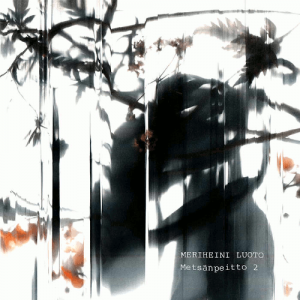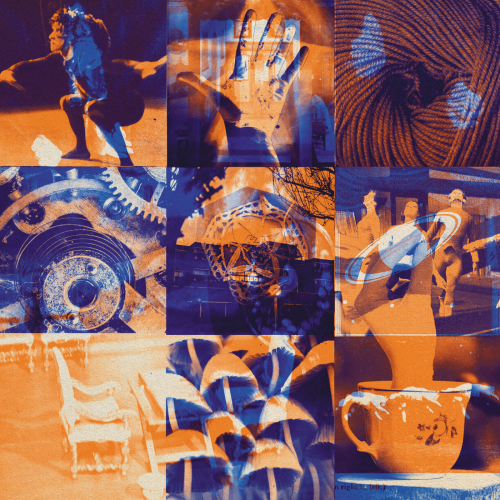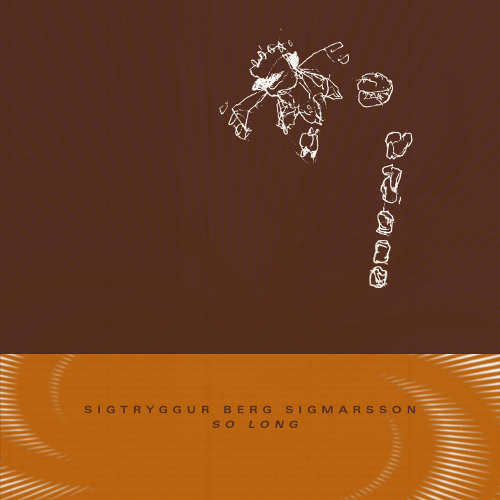(self-released)
 Meriheini Luoto‘s love for the forest and how the violin can be used to translate the mystery and wonder that it entails was used to excellent effect on 2017’s Metsänpeitto, which received much critical acclaim. Having been given the opportunity to perform it live, the idea was sown to produce a sequel and two years later, here it is.
Meriheini Luoto‘s love for the forest and how the violin can be used to translate the mystery and wonder that it entails was used to excellent effect on 2017’s Metsänpeitto, which received much critical acclaim. Having been given the opportunity to perform it live, the idea was sown to produce a sequel and two years later, here it is.
Where the first album dealt with the struggle that comes with losing oneself in the forest, the sequel deals with the aftermath. Once again, Meriheini is on violin and voice, but is ably assisted by seven other players, armed with either violin, viola, percussion or voice.
A single violin appears hazy and half-formed from some unknown place. It beckons, not without charm, into the mist with a lonely, wordless voice accompanying this initial part of the journey. As they proceed, the violin starts to pulse, becoming more vibrant and excited. The destination is close at hand, and notes sweep and dart as if joined by other forces.
A gentler background note tries to rein in the excitable violin, and one dips and dives through the forest as the other keeps a more even flight. There is a sense of frustration at times, the notes harrying and insistent, and even become angry and unwelcoming, as if the whole situation makes no sense and no matter where you look or leap, there is no way out. The body of the violin is barely able to withstand this tumult, and the strings creak and groan from the pressure. There must be a sense of acceptance here in part two, as the gentle woodwind flutes feel more down to earth. A call and response with the violin takes some of the hurt and anxiety out of its tone, and when a sweet voice also joins in, the three begin a hesitant dance, an initial communion the pace of which gradually swells as they become acquainted. The violin is a little gentler from here, nurturing yet demanding. The single notes press upon you, enveloping and drawing you further into this unknown realm. More violins join and overlap, becoming lulling arms that hold and embrace, pulling ever onward, the string strokes like the unrelenting beat of wings.Section four starts off tranquil enough, with a hint of voice, a game of hide and seek that finds us no longer able to sense where we are. It feels as though the voices are drawing the violins deeper in to the wood and us too by default. It is not so tranquil now, but as the voices disappear, so the violin continues its lonely quest. The random bursts of percussion that open the final section are bewildering against and indistinct backdrop that removes all sense of place. It is reminiscent of a gathering storm; the percussion is rolling and echoey ,and when the violin joins it is unsettling. The staccato strokes against the angry bursts really show the dark side of the journey.
This is the forest of nightmares, gingerbread cottages and trees alive with clinging arms, the violent side that would overwhelm and leave you with nowhere to turn. It doesn’t last though, and with a certain sense of relief, the violence gradually drifts away and the single note that appears right at the very beginning is here once again by our side. We are joined by steadfast yet ethereal voices, clear and bright, shining like stars seen through the canopy; and as the album draws to a conclusion, that final distant, undulating tone returns, so pure and mournful.Once again, Meriheini has shown us just how much can be accomplished with the violin and a nurturing supporting cast. This is a wilder adventure than part one, but deserves to be held in as high regard. I will be intrigued to see what is next in her musical agenda.
-Mr Olivetti-



